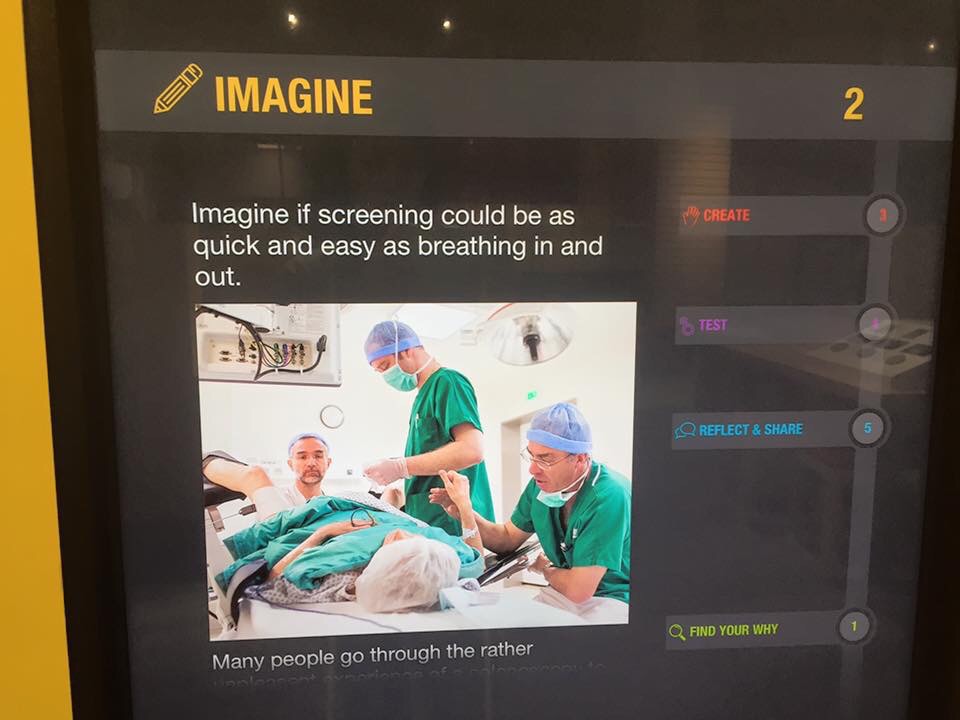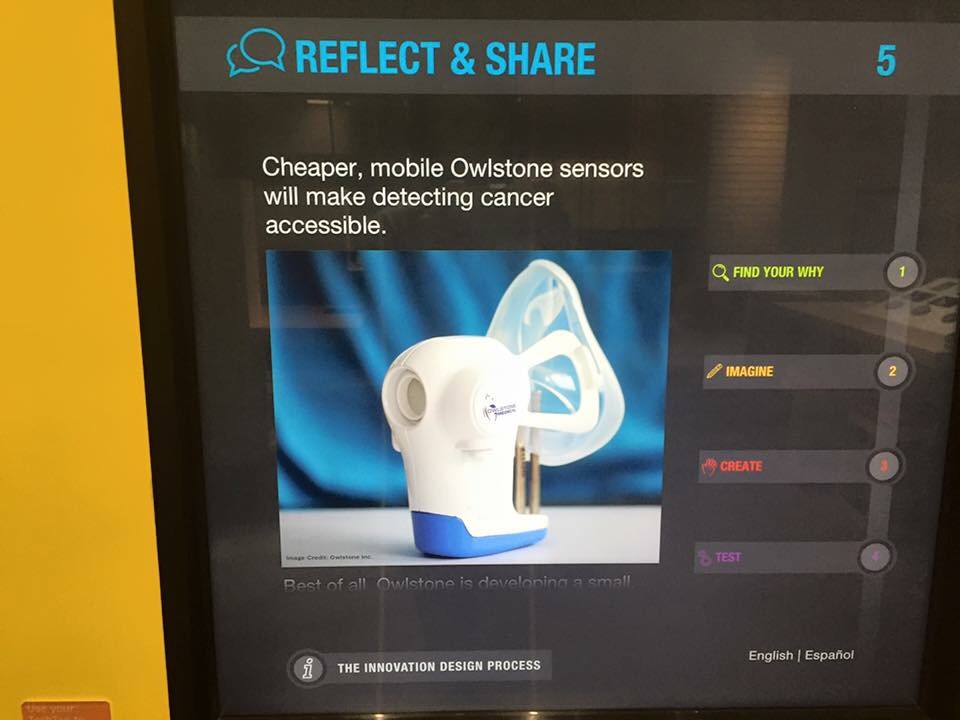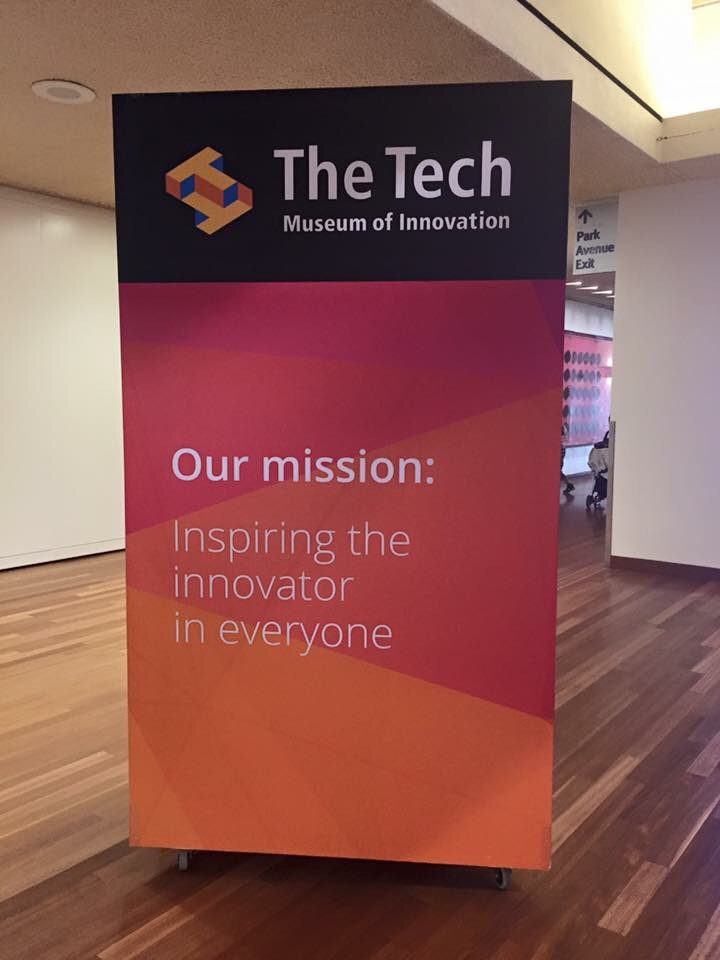
Last week, I was fortunate to visit the tech city, Silicon Valley. On the day I was catching my flight home, I had a few hours to spare in the morning so I decided to drop by at The Tech Museum of Innovation in downtown San Jose. When I walked through the entrance of the museum, there was a big poster stand that reads "Inspiring the innovator in everyone". And boy, were they right.
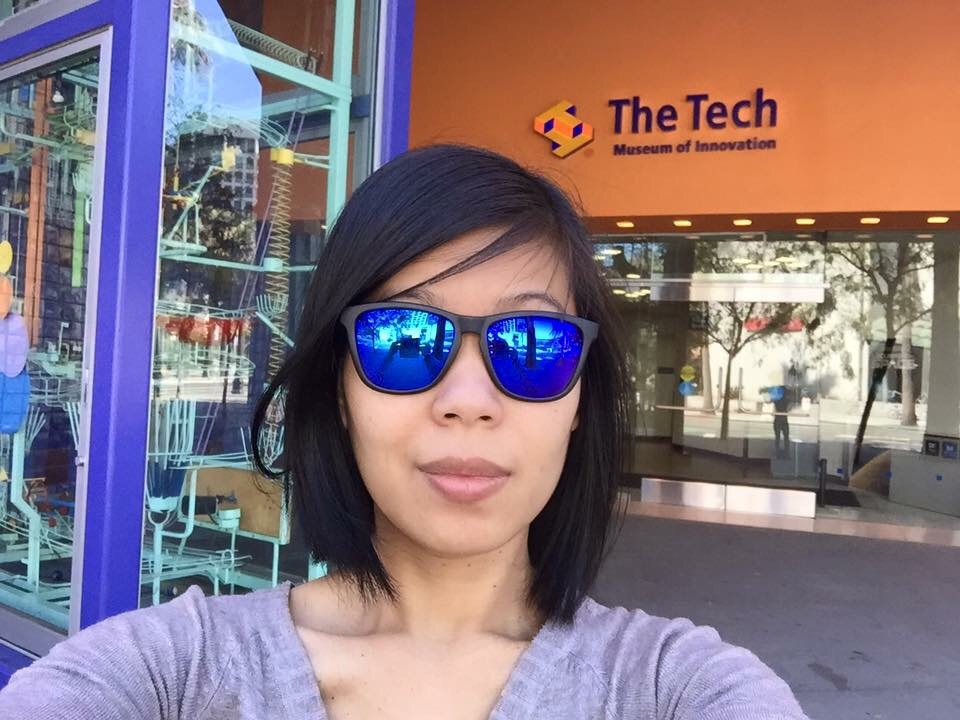 In this article, I'd like to share with you one important thing I learned from my museum trip, the Innovation Design Process.
In this article, I'd like to share with you one important thing I learned from my museum trip, the Innovation Design Process.
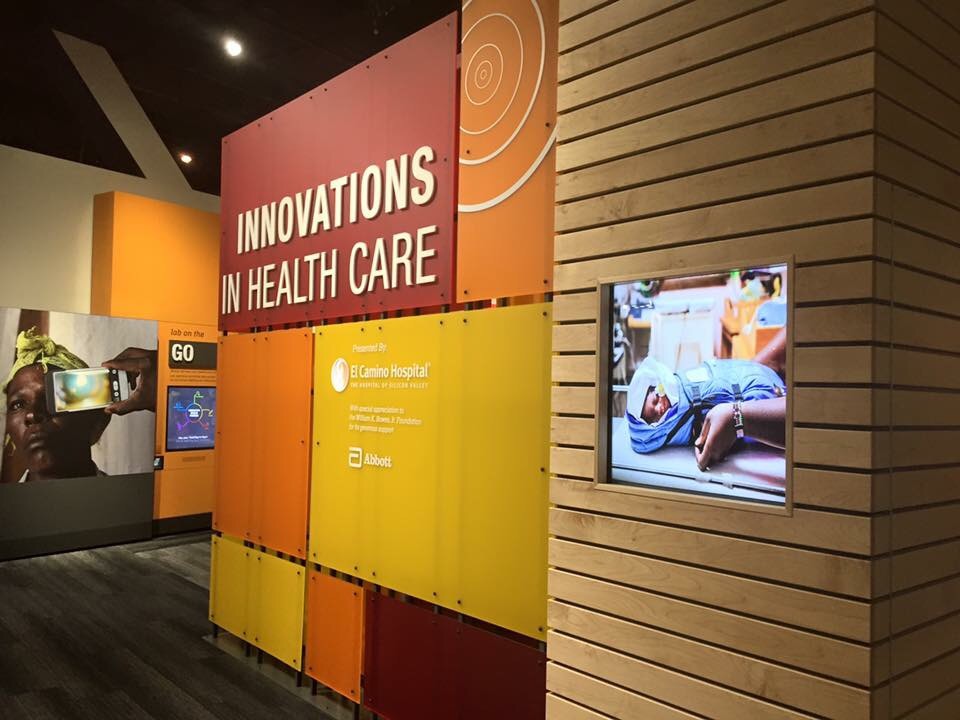

The Innovation Design Process consists of 5 steps as follows.
1. Find your why
2. Imagine
3. Create
4. Test
5. Reflect & Share
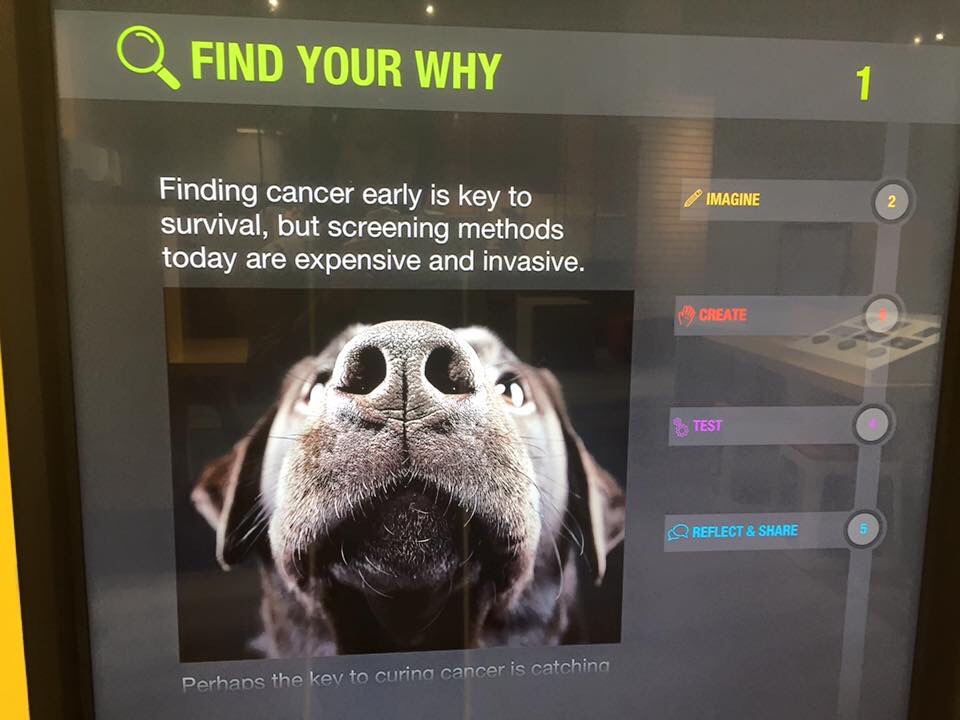 There are three questions to be answered at this stage; why is it important to you, what is the need, and who will benefit. This may seem like an extra step but as someone who has no shortage of ideas but has had issues with delivering impactful solutions, I truly believe this is the most crucial part of the process. If we don't believe that what we are doing or creating is going to benefit others or if we don't really know the reason why we are innovating in the first place then when we face challenges and difficulties, we are more likely to give up. For the case study, "Sensing with a sniff", the creator has the strong desire to be able to detect cancer earlier after his wife had emergency surgery for advanced colon cancer. Because he knows and believes that finding cancer early is the key to survival.
There are three questions to be answered at this stage; why is it important to you, what is the need, and who will benefit. This may seem like an extra step but as someone who has no shortage of ideas but has had issues with delivering impactful solutions, I truly believe this is the most crucial part of the process. If we don't believe that what we are doing or creating is going to benefit others or if we don't really know the reason why we are innovating in the first place then when we face challenges and difficulties, we are more likely to give up. For the case study, "Sensing with a sniff", the creator has the strong desire to be able to detect cancer earlier after his wife had emergency surgery for advanced colon cancer. Because he knows and believes that finding cancer early is the key to survival.
During imagine stage, we answer the question of how might we approach the problem and then come up with a list of ideas. When we imagine a world of possibilities, we are empowered to make a change and this is what imagine stage aims to achieve. In the case of "Sensing with a sniff", the creator imagined that if there is a way to easily and quickly detect cancer, and if screening is as easy as breathing in and out then this could potentially save a lot of lives.
Create
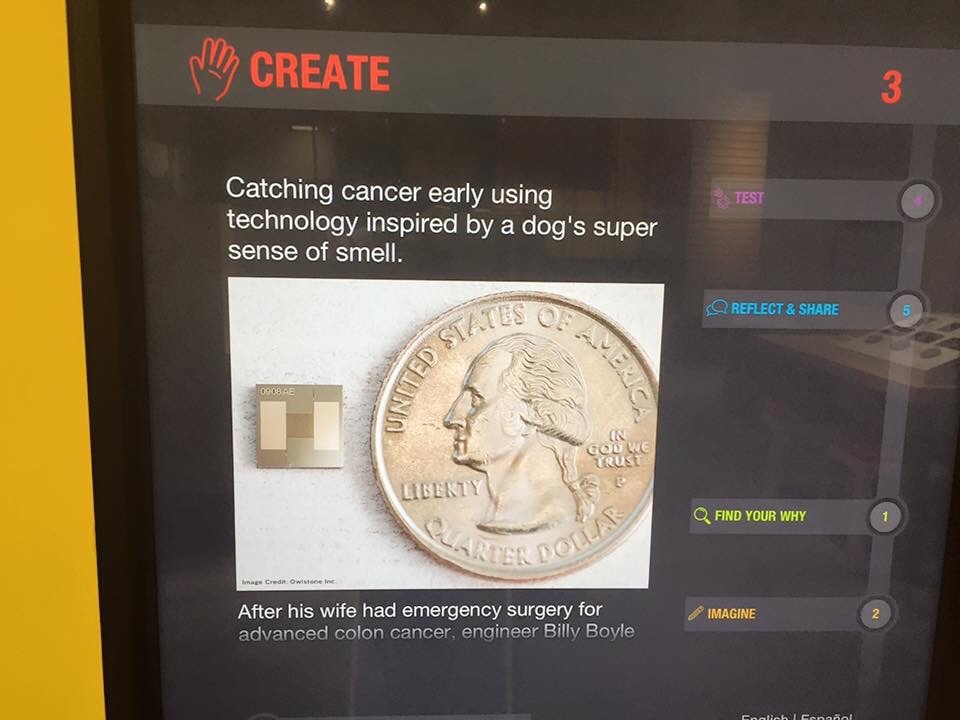
Create stage is the stage that a lot of people are most familiar with, because we have the tendency to jump straight into solutions or fall in love with solutions that we would like to implement, without really understanding the problem or imagining possibilities. As someone with a technical background and capabilities, I am guilty of this. Possible activities during create stage are exploring materials, drawing sketches, making and building stuff and writing stories. In the case study, the creator was inspired by dog's super sense of smell, also known as dog's super schnoz, and used technology (low-cost silicon chip) to detect cancer early from human's breath.
Testing is as important as creating, if not more. It is important because once something has been created, we need to find out whether it actually works as intended and solves the problem that we have. Testing gives us the answer. During testing, we may also find out special or edge cases that we haven't thought of previously and we can factor them into our solution to make it even better. Or we find out that what we created is not fit for purpose and decide to pursue a different approach to solving the problem. In the case study, the creator tried out his creation with a sample group of people to observe and measure its effectiveness.
The last stage of Innovation Design Process is Reflect & Share. At this stage, creators take a step back from creating and testing and understand the impact of their solution. Creators may also share their findings and may be open to collaborate with others who have ideas for improvement. In the case study for "Sensing with a sniff", the outcome of Reflect & Share stage was that if there are cheaper and mobile sensors, it will make detecting cancer accessible.
To conclude, I really liked the Innovation Design Process because it provides a good model for managing innovation and seeing through the whole process from problems to solutions. It also sparked a chance for me to look back and think about past projects and where I could have done differently. I'll be using this new model and applying it whenever I am innovating or driving and managing innovation in the future.

